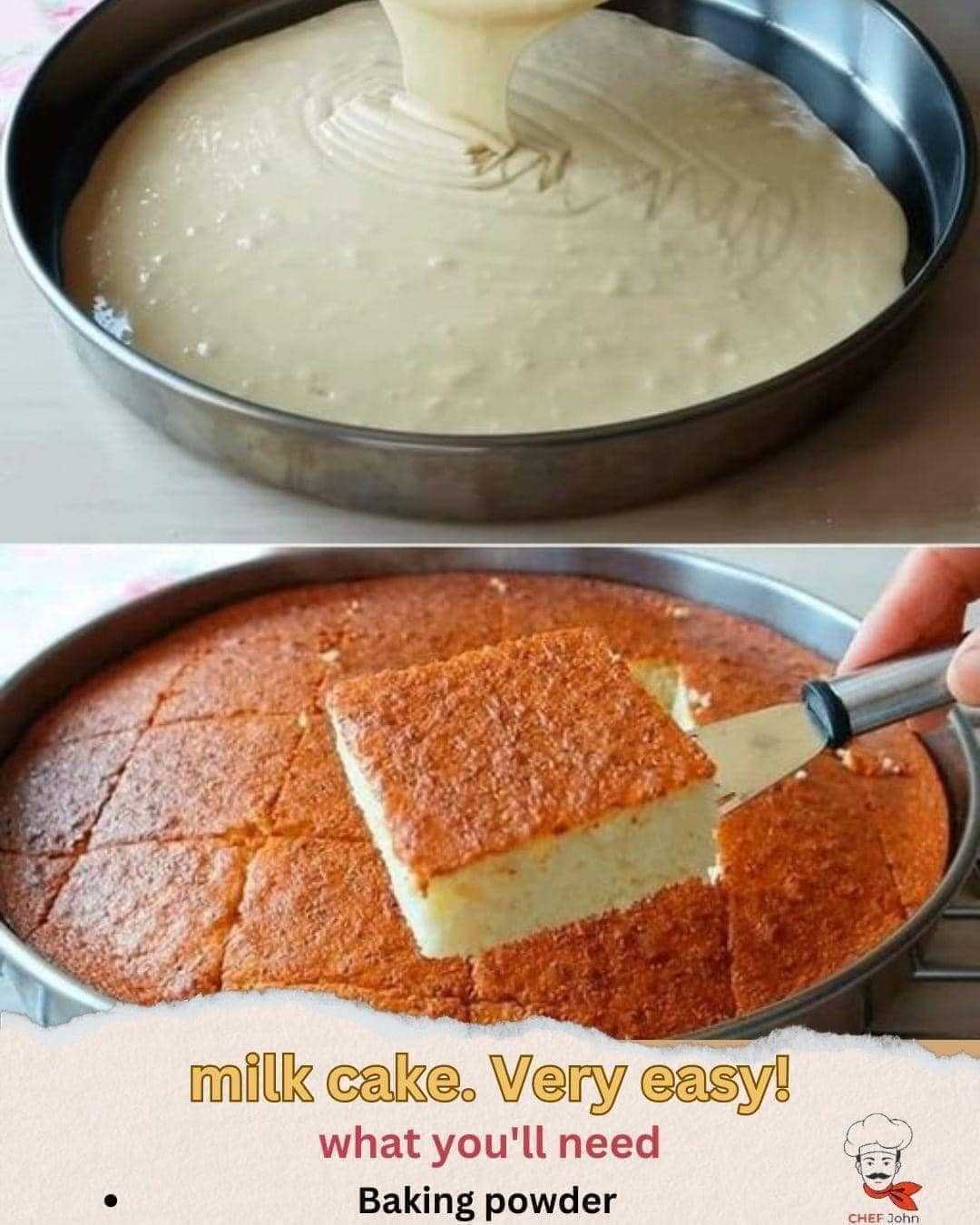ADVERTISEMENT
### **Step-by-Step Instructions**
#### **2. Curdle the Milk**
– Once the milk has reduced by about half, add the lemon juice or vinegar. Stir gently to allow the milk to curdle and separate into curds and whey.
– Continue cooking until the whey has mostly evaporated, leaving behind a thick, moist mixture of curds. Stir to ensure the curds are evenly formed.
#### **3. Add Sugar and Cardamom**
– Once the curds are well-formed, add the sugar and cardamom powder (if using). Stir the mixture to combine, and cook it over low heat until the sugar dissolves and the mixture thickens further.
– You’ll want to keep stirring the mixture gently to prevent it from sticking to the pan and to ensure an even consistency.
#### **4. Cook Until the Mixture Thickens**
– Keep cooking the mixture until it becomes a thick, fudgy consistency that holds together. This can take about 15-20 minutes. Stir the mixture occasionally, scraping the sides of the pan to incorporate any evaporated milk solids back into the mixture.
#### **5. Grease the Tray**
– While the mixture is thickening, grease a square or rectangular tray or plate with ghee to make it easier to remove the milk cake later.
#### **6. Set the Milk Cake**
– Once the mixture has thickened to your desired consistency, pour it into the greased tray. Use the back of a spoon to level and smooth out the top of the milk cake.
– Allow the mixture to cool at room temperature for about 30 minutes, then refrigerate it for 2-3 hours to set completely.
#### **7. Slice and Serve**
– Once the milk cake has set, remove it from the tray and cut it into squares or rectangles. Garnish with chopped pistachios or almonds for a decorative touch, if desired.
– Serve the milk cake chilled or at room temperature for the best texture.
—
### **Tips for Perfect Milk Cake**
—
### **Serving Ideas**
– **As a Sweet Snack:** Milk cake is perfect for an afternoon treat with a cup of chai or coffee.
– **For Festivals and Celebrations:** Serve this sweet at family gatherings, Diwali, Holi, or other Indian festivals. It’s often enjoyed after a meal as a special dessert.
– **Pair with Other Indian Sweets:** Milk cake pairs wonderfully with other traditional Indian sweets, such as *Gulab Jamun* or *Kheer*, to create a sweet spread for a party or celebration.
– **Gift Idea:** Cut the milk cake into bite-sized squares, package them in a decorative box, and give them as a sweet homemade gift.
—
### **Conclusion**
This **Milk Cake** (Kalakand) recipe brings the rich, creamy flavors of traditional Indian sweets into your kitchen with minimal effort. The slow-cooked milk and sugar create a melt-in-your-mouth experience that’s both satisfying and nostalgic. Whether you’re making it for a special occasion or simply indulging in something sweet, this treat is sure to be a hit with anyone who tries it.
With its delightful flavor and simple ingredients, milk cake is a perfect introduction to the world of Indian sweets. Once you try it, you’ll be hooked on its sweet, creamy goodness and want to make it again and again!
ADVERTISEMENT
